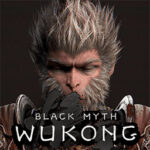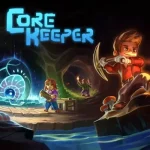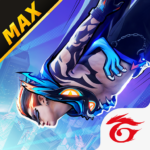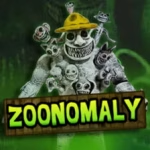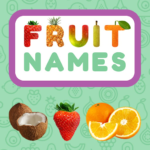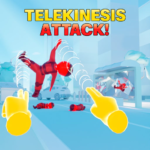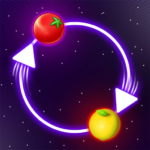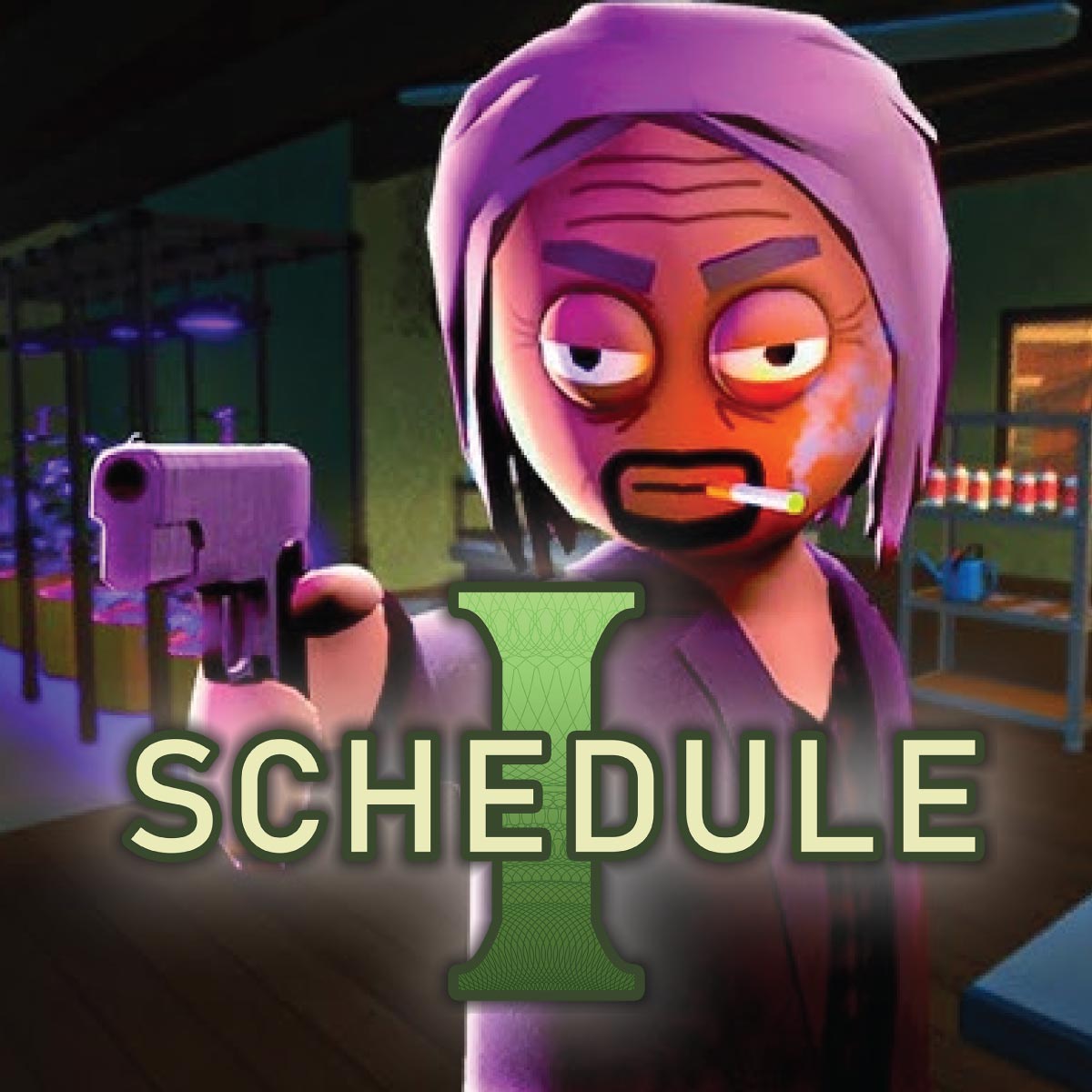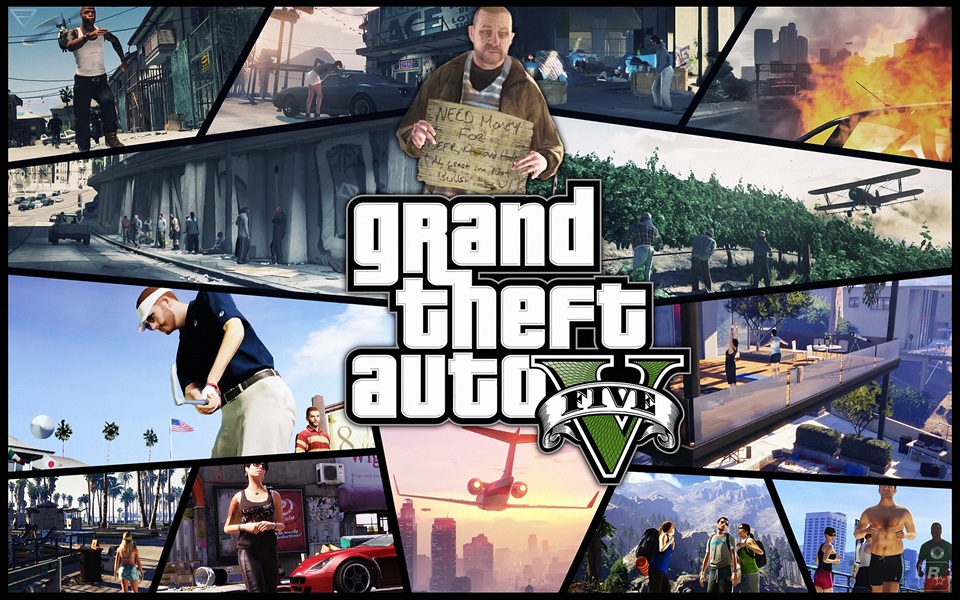Since its surprise early access release in 2021, Gorilla Tag has become one of the most influential games in the virtual reality (VR) space. What began as a small indie project built by a solo developer has evolved into a massive online playground, attracting millions of players around the world. Gorilla Tag isn’t just a game—it’s a community-driven experience built on physics, motion, and pure fun.
With no joystick movement, no weapons, and no traditional objectives, Gorilla Tag strips away gaming conventions and lets players interact in a wildly physical and creative VR environment. This article explores the full journey of Gorilla Tag—from its development history and core mechanics to the cultural phenomenon it has become today.
1. The Origins of Gorilla Tag
A Solo Developer's Dream
Gorilla Tag was created by Kerestell "Lemming" Smith, an independent developer with a background in both game design and systems programming. Inspired by the potential of VR to create immersive, physical experiences, Lemming set out to build a movement-based multiplayer game using Unity.
Going Viral Through Word of Mouth
In early 2021, Gorilla Tag launched in early access on Steam and SideQuest. The game’s quirky concept—players moving around as gorillas using only arm motions—caught the attention of VR players, influencers, and streamers. Without any major marketing campaign, the game’s player count surged past 1 million within months.
2. Unique Gameplay and Movement Mechanics
No Buttons, Just Physics
Gorilla Tag’s core innovation is its locomotion system. Players must physically move their arms to propel themselves forward. There's no artificial stick movement—just your real body driving your in-game actions. You can climb, jump, wall-bounce, and swing through the environment using pure physics-based movement.
A Simple Yet Addictive Concept
The beauty of Gorilla Tag lies in its simplicity. Whether you’re chasing others in tag mode or practicing parkour in private rooms, the motion feels organic and exhilarating. The more skilled you get with movement, the more creative your strategies become.
3. Game Modes and Multiplayer Experience
Core Game Modes
Gorilla Tag includes several modes designed to maximize fun and social engagement:
-
Tag: A classic playground game where one player is “it.”
-
Infection: A viral twist—each tagged player joins the “infected” team.
-
Hunt: Each player has a specific target to chase and tag.
-
Paintbrawl (recently added): A competitive mode where players shoot paintballs at each other using slingshots.
Custom Lobbies and Player Freedom
The game supports custom rooms where friends can gather to explore, train, or simply hang out. It fosters spontaneous social interaction, and because there’s no “win” condition, the atmosphere is laid-back and open-ended.
4. Gorilla Tag's Explosive Popularity
Community Growth
As of 2025, Gorilla Tag has been downloaded over 20 million times across platforms, including Meta Quest, SteamVR, and the official Oculus Store. It maintains one of the most active communities in the VR gaming space.
Influence on VR Culture
Gorilla Tag helped redefine what VR could be: physical, goofy, skill-based, and deeply social. The game has inspired countless YouTubers, TikTok creators, and streamers to build content around parkour challenges, mod showcases, and community events.
5. Maps, Biomes, and World Design
Expanding the Jungle
What started with a single forest map has grown into a robust set of environments:
-
The Forest: The original map filled with trees and open-air gameplay.
-
Canyon: A vertical maze of walls and ledges.
-
City: Home to shops and the Paintbrawl arena.
-
Mountains: Features slides, ramps, and icy movement mechanics.
-
Basement: A dungeon-themed level with mini-games and secrets.
Seasonal Events and Visual Overhauls
Gorilla Tag’s maps are often updated with seasonal decorations—Halloween, Christmas, and summer themes keep the environments fresh and festive.
6. Customization and Cosmetic Economy
Dressing Up Your Gorilla
Gorilla Tag has a robust cosmetic system. Players can purchase hats, masks, glasses, and more using in-game currency. While cosmetics do not affect gameplay, they offer a fun way to personalize your gorilla and show off your style.
Monetization Model
The game is free-to-play, with cosmetic purchases as its main revenue stream. Daily and weekly challenges provide free currency, ensuring players who don’t want to spend money can still earn cosmetics over time.
7. Modding, Custom Games, and Fan Creations
PCVR Mods and Community Tools
Gorilla Tag has a thriving modding scene on PCVR. Players have created:
-
Custom maps (like Minecraft, Mario Kart, and cityscapes)
-
Game modes (infection variants, speed runs, hide and seek)
-
Visual mods (skins, shaders, lighting tweaks)
VR Content Ecosystem
Many VR creators have used Gorilla Tag as a launchpad for content careers. It’s common to see players creating lore-based roleplay, cinematic stories, and challenge videos using custom mods and green screen tools.
8. Physical Impact and Health Benefits
Active VR Gaming
Gorilla Tag requires full upper-body engagement. Sessions often feel like a workout, and many players have reported improved cardiovascular health, muscle tone, and stamina from regular play.
Risks and Safety Tips
Because of the intense movement, especially in tight spaces, players should:
-
Use wrist straps
-
Clear their play area
-
Play in safe, open environments
-
Take breaks to avoid fatigue or motion sickness
Conclusion: A Modern Classic in the Making
Gorilla Tag proves that you don’t need realism or guns to create an engaging VR experience. With its tight-knit community, hilarious gameplay, and continued developer support, it’s a shining example of how a simple idea—executed well—can take over an entire platform.
Whether you’re a competitive gamer, social VR enthusiast, or just someone looking for a good laugh with friends, Gorilla Tag on VR is a must-try in 2025 and beyond.



